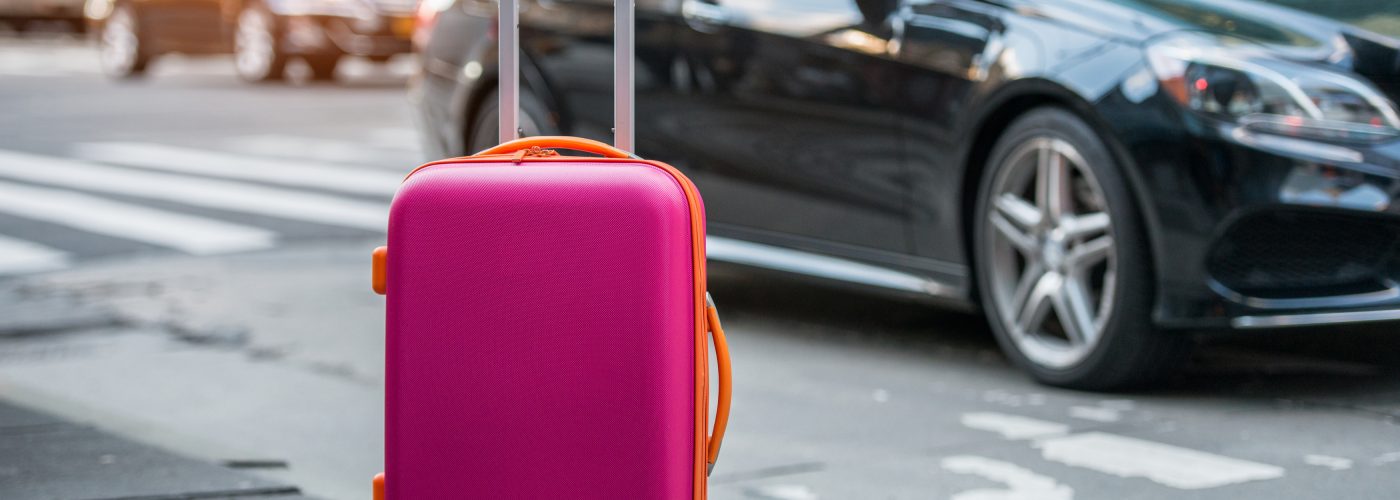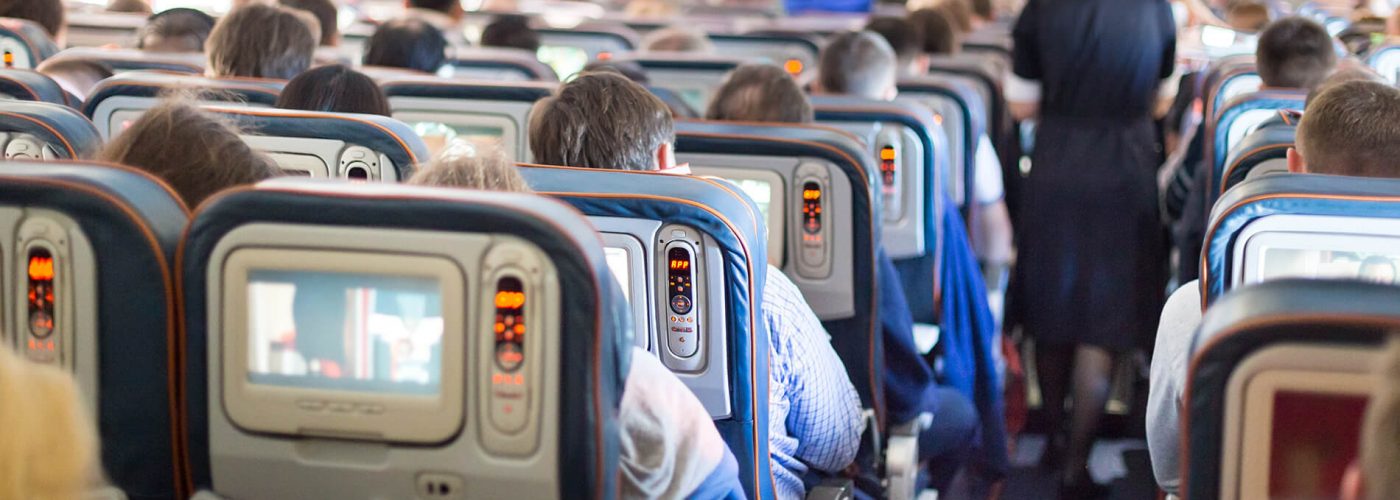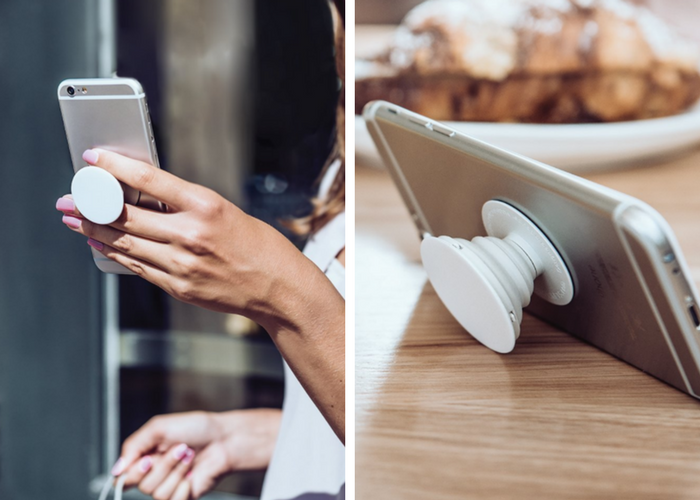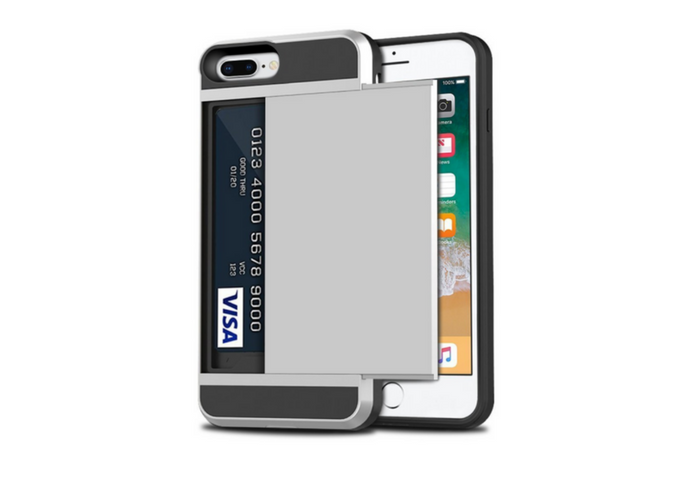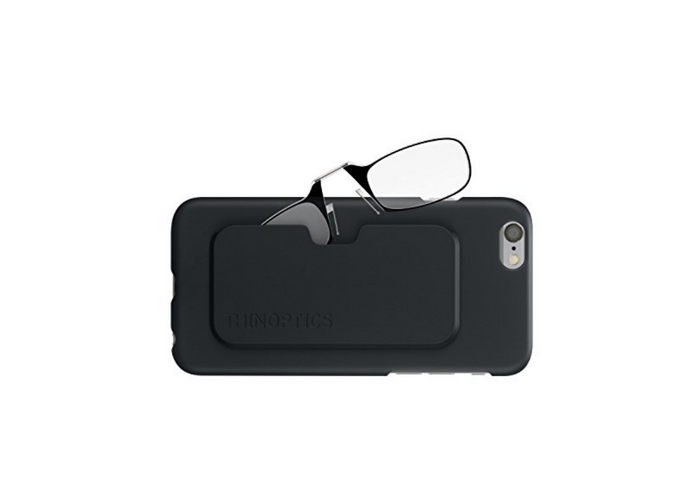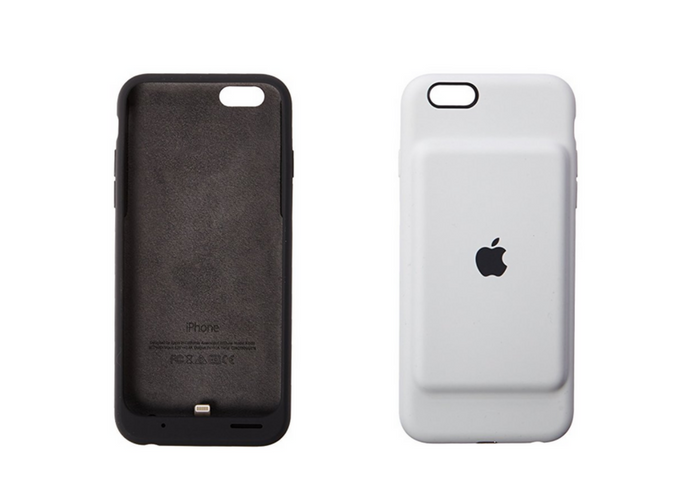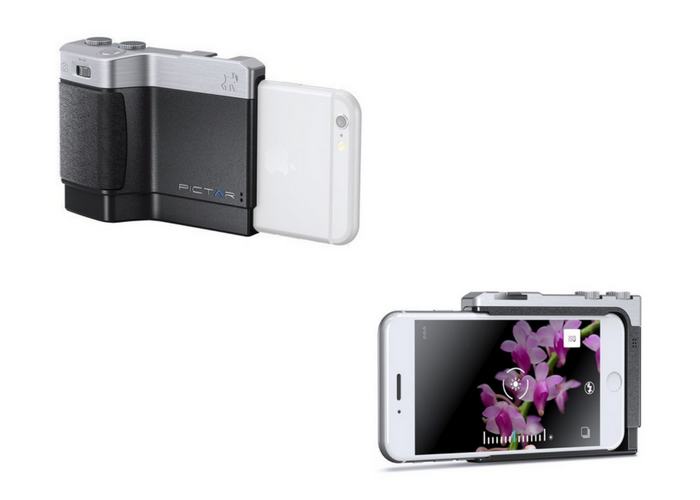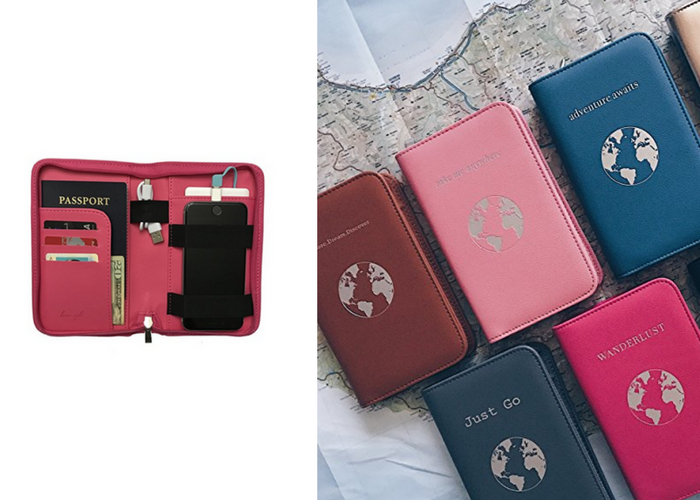7 Things Not to Do When Packing a Carry-on Bag
There’s an art to packing a carry-on bag. Wise travelers must balance the requirements of airlines and airport security, make sure important items are easily accessible, and remember all the little things that will keep them comfortable in flight.
In the spirit of 10 Things Not to Do When Checking a Bag, we’ve gathered seven common carry-on bag mistakes. Steer clear of these, and you’ll save money, have a better flight and avoid running afoul of airport security.
Don’t Bring Liquids or Gels Larger Than 3.4 Ounces (100 Milliliters)
We’ll start with the basics: If you’re traveling with a full-size bottle of shampoo or sunscreen, it must go in your checked bag, not your carry-on. The world’s airports restrict liquid/gel items in your hand luggage to bottles no larger than 3.4 ounces (100 milliliters); they all must fit within a single quart-size (or liter-size) zip-top plastic bag.
Note that there are a few exceptions to this rule, including essential medications and food for infants or children.
Don’t Pack Other Prohibited Items
Each country’s government has slightly different rules about what can and can’t be brought aboard a plane, but as a general rule you should never put any of the following in your carry-on: firearms, explosives, baseball bats or other sporting equipment that could be used as weapons, self-defense sprays (such as mace), and sharp objects such as knives and safety razors.
Scissors are okay as long as the blades are shorter than 4 inches (or 6 centimeters in some countries). Nail clippers and disposable razors should also pass muster in most parts of the world. Swiss Army knives, however, are a no-go. Snow globes are not permitted unless they’re small enough to fit inside your quart-size plastic bag with the rest of your liquids and gels.
You can find lists of prohibited items for the following countries at the links below. If you’re flying to or from a different country, do a Google search for its security rules, or call your airline.
Don’t Bury Your Liquids and Gels Deep in Your Bag
Save time in the security line by making sure your plastic bag of liquids and gels is right at the top of your carry-on or in an easily accessible pocket — that way you’re not digging around for it while the passengers behind you tap their toes in irritation.
The same goes for a laptop computer; unless you’re in an expedited travel line (such as PreCheck in the U.S.), you’ll have to take this out at the security checkpoint for screening.
Don’t Pack Too Much
You’re aware that checked bags are subject to extra fees if they’re overweight or oversized — but did you know that many airlines weigh carry-on bags as well? Both Qantas and Air New Zealand, for example, have a 15-pound weight limit for carry-on bags (7 kilograms), while Air France allows a more generous 26 pounds (12 kg) as the total weight of your carry-on plus your personal item. We recommend buying a small luggage scale to weigh your bag before you leave; that way you can redistribute or discard items in the privacy of your home rather than at the airport counter.
Many other airlines, including the biggest U.S. carriers, do not currently have weight limits for carry-on bags, but they do have size limits — and unfortunately, they’re shrinking. Double-check your carrier’s website before each trip to make sure your carry-on’s dimensions are still kosher.
For help packing light, see The Carry-On Challenge: How to Pack Light Every Time and What Not to Pack.
Don’t Assume Your Carry-on Won’t Be Gate-Checked
Even if your bag is perfectly within your airline’s weight and size limits, you might still have to check it at the gate if the plane is very full or it’s a smaller aircraft than expected. Just in case this happens to you, make sure everything truly vital — travel documents, pricey gadgets, medicine — is stowed in the personal item you keep with you, not in the carry-on you gate-check.
Also, make sure there’s a luggage tag on your carry-on; gate-checked bags are occasionally mishandled just as regular checked bags are, and you’ll want your contact information on the bag in case your airline sends it astray.
Don’t Forget Your In-Flight Essentials
Especially for longer flights, we always stock our carry-on bag with must-haves such as earbuds/headphones (some airlines charge for these), antibacterial hand sanitizer (to help you avoid in-flight germs), an eye mask, a travel pillowand plenty of reading material. For more ideas, see The Quest for Perfect Carry-On Items.
Don’t Forget to Prepay for Your Carry-on (on Certain Airlines)
There’s a small handful of U.S. airlines, including Spirit, Frontier and Allegiant, that charge fees not only for checked bags but also for carry-ons. If you’re flying with one of these carriers, you will pay the lowest possible fee for your carry-on if you pay it online in advance.
Allegiant charges $50 for any bag paid for at the airport, but only $14 to $20 (depending on itinerary) if you pay when you initially book your flight, or $45 if you pay after you’ve booked but before you get to the airport. Meanwhile, Spirit charges a whopping $100 for a carry-on if you wait until you get to the gate to pay for it, but you can shell out as little as $26 at booking. Frontier’s fees range from $35 (online any time between booking and 24 hours before departure) to $60 at the departure gate.
The bottom line: If you know you’ll be bringing a carry-on aboard flights with any of these airlines, pay for it when you book.
